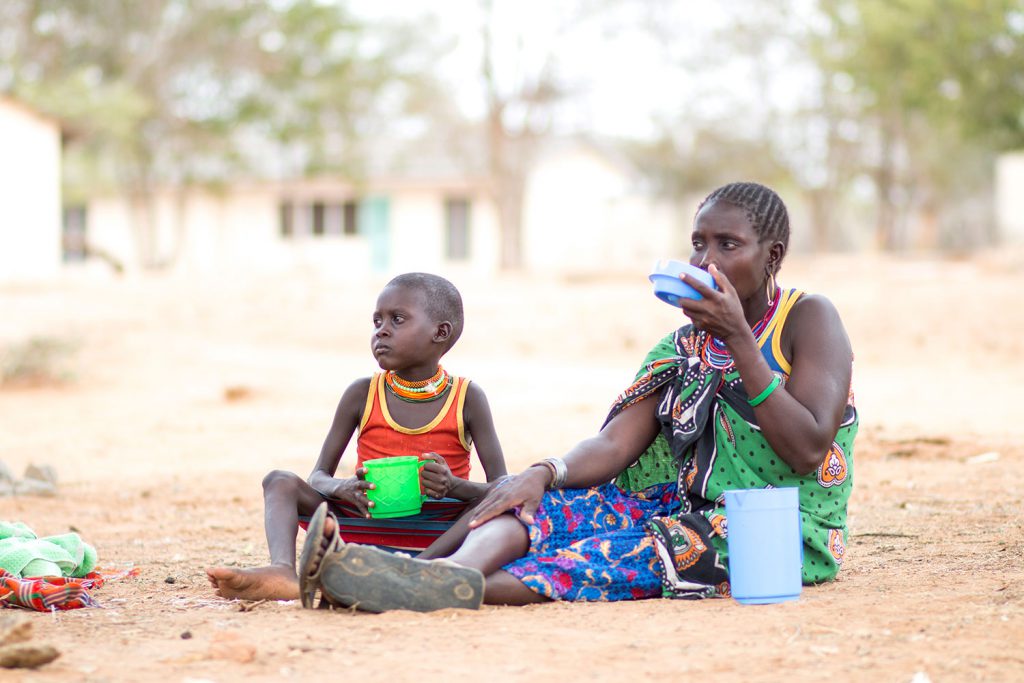Visceral leishmaniasis, also called kala-azar, is a neglected tropical disease spread by the bite of an infected female sand-fly. There are between 75,000 and 150,000 new cases of visceral leishmaniasis every year worldwide. Fatal if left untreated, currently the highest burden of the disease is in eastern Africa (Eritrea, Ethiopia, Kenya, Somalia, South Sudan, Sudan, and Uganda) where most people affected live in remote areas far from health facilities. Up to 70% of those affected are children.
Visceral leishmaniasis is characterized by prolonged fever, enlarged spleen and liver, substantial weight loss, and progressive anaemia. These symptoms occur progressively over a period of weeks or even months. Co-infection with other infectious diseases is an increasing concern: HIV-visceral leishmaniasis co-infection has been reported in 36 countries worldwide.
Current treatments for visceral leishmaniasis are toxic and painful, and require hospitalization and daily injections. There is an urgent need for improved treatments that are safe, effective, and appropriate for use in remote areas that do not have well-equipped health facilities.

